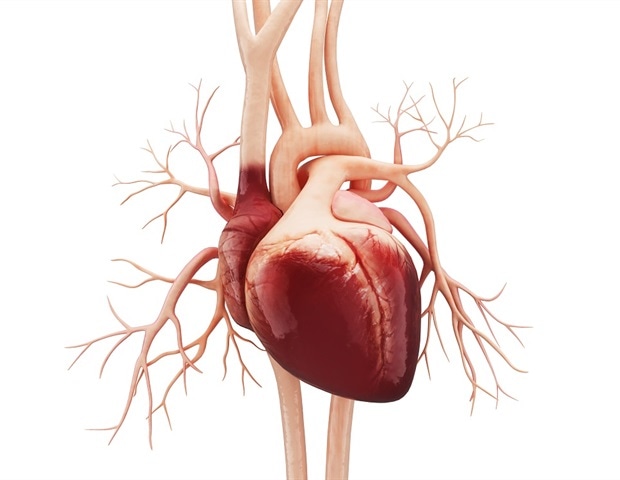A new study from the UC Davis School of Medicine found striking differences at the cellular level between male and female mice with heart failure with preserved ejection fraction (HFpEF). The findings could determine how HFpEF is treated in women compared to men. With HFpEF, the heart muscle contracts normally but the heart is unable to fully relax and refill properly between beats.
This condition is known as diastolic dysfunction. It can occur if the heart is too stiff or if the contraction process doesn't shut off quickly enough between beats. The study showed that the diastolic dysfunction in female mice resulted from altered heart filament proteins.

In male mice, it resulted from the slow removal of calcium from heart cells between heartbeats, causing a slight contraction to remain between beats. The findings were published in Cardiovascular Research. This study demonstrates the importance of conducting research on both male and female populations.
" Donald M. Bers, senior author of the study Bers is the chair of the Department of Pharmacology and the Joseph Silva Endowed Chair for Cardiovascular Research at the UC Davis School of Medicine. "If these same molecular male-female distinctions occur in obese diabetic patients with HFpEF, it may mean that the best therapeutic strategies for HFpEF in women may differ from those for men.
" Heart failure is when the heart cannot pump enough blood and oxygen to support the body. Approximately 6.2 million people in the U.
S. have hear.
















